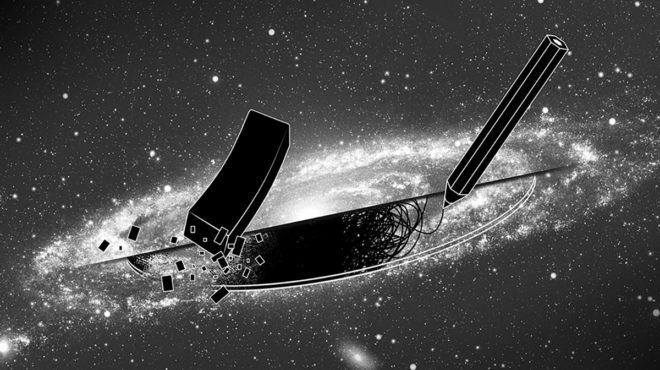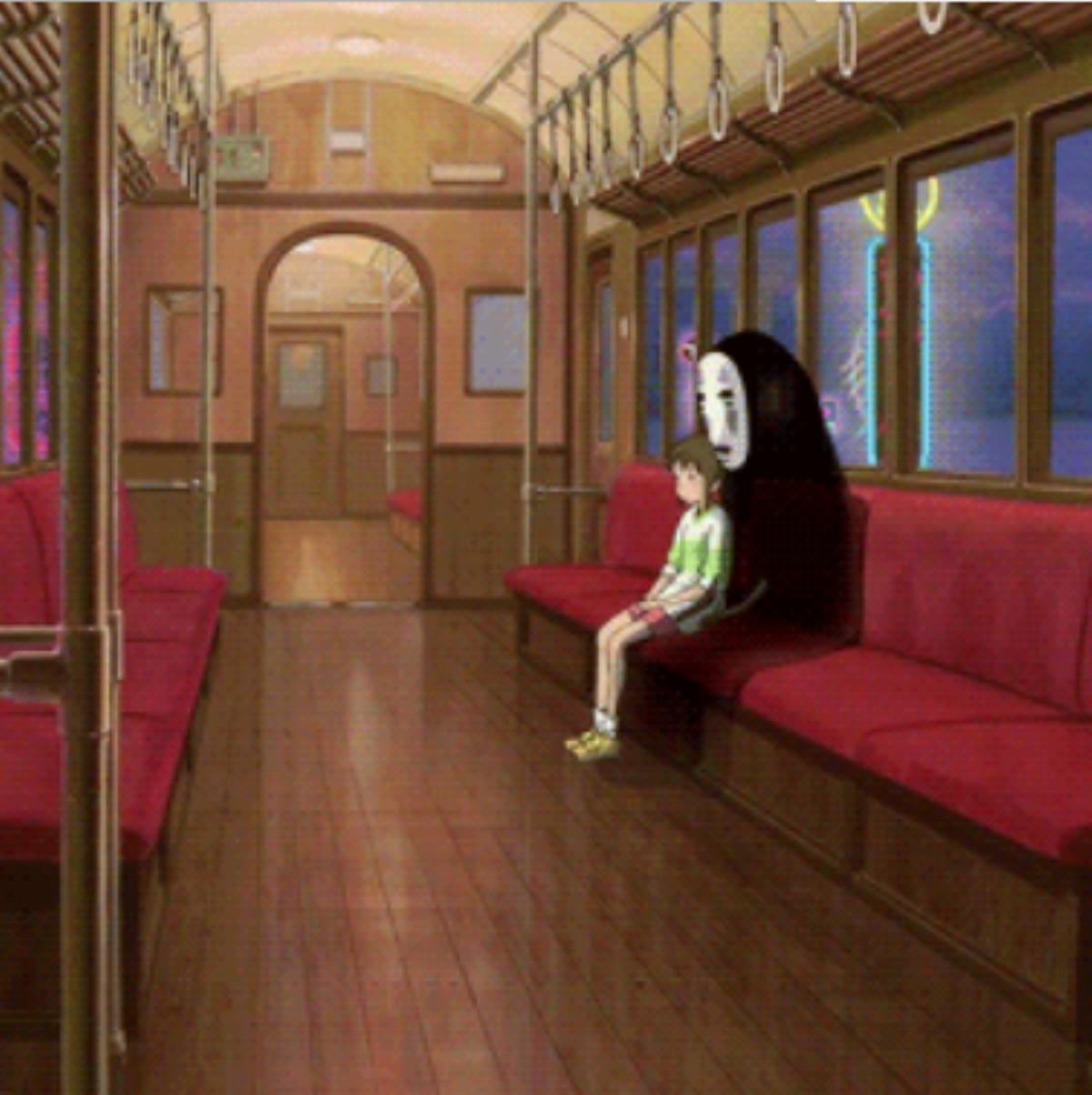In the new, free-for-all era of dark matter research, the controversial idea that dark matter is concentrated in thin disks is being rescued from scientific oblivion.
Yes, it’s true that a group of leading geneticists is calling for the construction of a synthetic human genome. That means they want to take 3 billion chemical building blocks and assemble them into one complete package of DNA, encoding all the body parts and life processes that make up a functional human being.”
“But the organizers want to make one thing very clear: ‘We’re not planning to make synthetic people,’ says a somewhat exasperated Jef Boeke, one of the champions of this proposal. ‘We never were.’
The Human Genome Project-Write could bring down the cost of DNA manufacturing.
“Supporters point to the fact that 21st-Century work is increasingly automated, with more and more traditional jobs, in factories, retail and even in finance and accounting, being done by machines. And they do not need salaries.”
(I highly recommend this article, with all kinds of pros and cons, spare a couple of minutes and read it)
Switzerland is holding a landmark vote on whether to give each citizen a guaranteed basic income, the BBC’s Imogen Foulkes reports.
Click on photo to start video.
Legendary master filmmaker Werner Herzog (Grizzly Man, Cave of Forgotten Dreams) examines the past, present and constantly evolving future of the Internet in Lo And Behold: Reveries Of The Connected World. Herzog conducted original interviews with cyberspace pioneers and prophets such as PayPal and Tesla co-founder Elon Musk, Internet protocol inventor Bob Kahn, and famed hacker Kevin Mitnick. These provocative conversations reveal the ways in which the online world has transformed how virtually everything in the real world works, from business to education, space travel to healthcare, and the very heart of how we conduct our personal relationships.
See it in theatres, On Demand, Amazon Video and iTunes August 19th.
A flat lens made of paint whitener on a sliver of glass could revolutionise optics, according to its US inventors.
Just 2mm across and finer than a human hair, the tiny device can magnify nanoscale objects and gives a sharper focus than top-end microscope lenses.
It is the latest example of the power of metamaterials, whose novel properties emerge from their structure.








